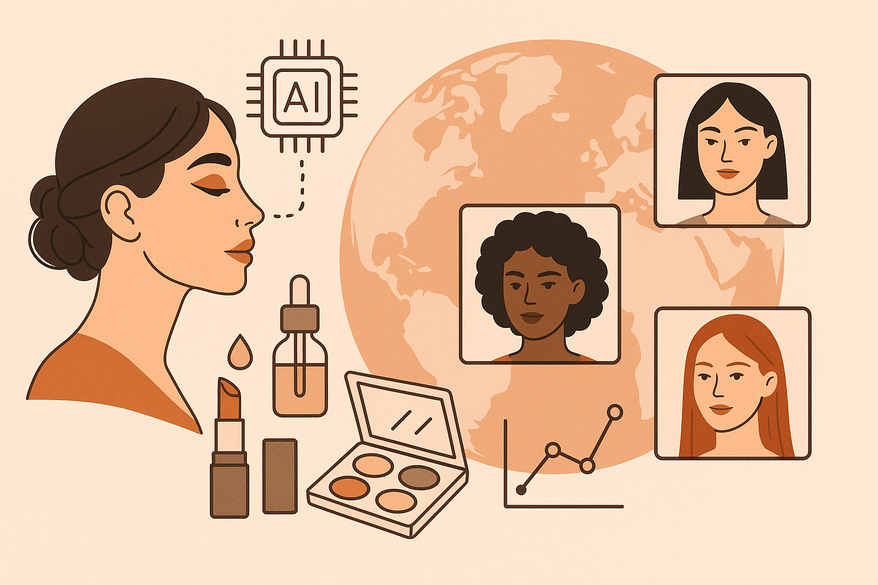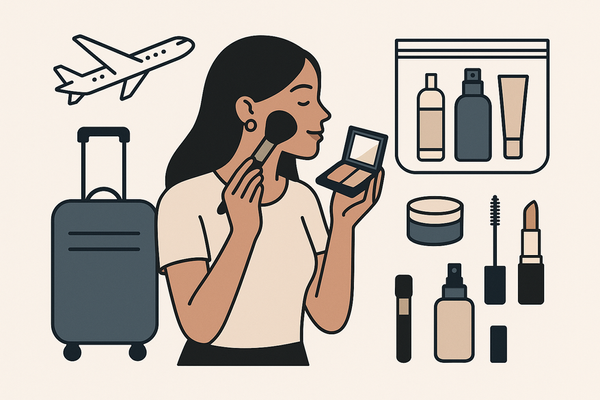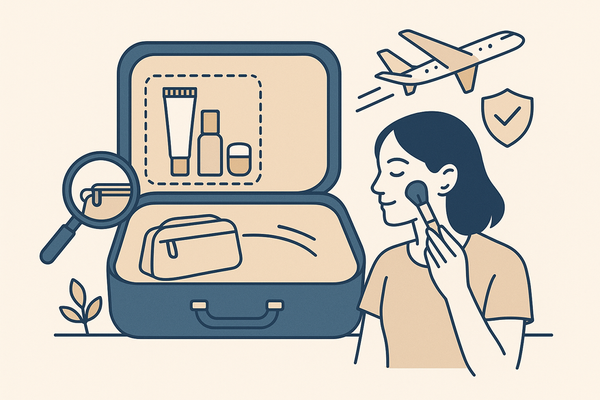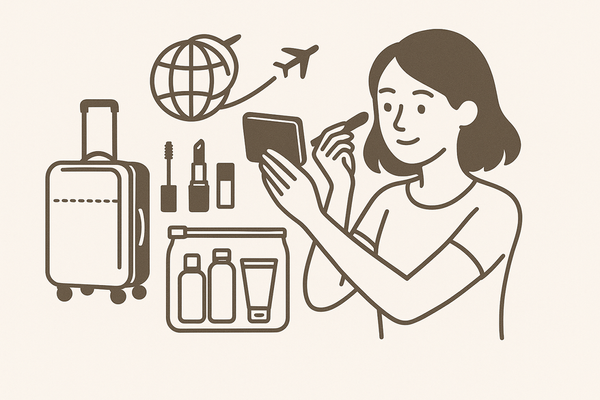International Makeup Style Comparisons AI: Transforming Global Trends
Explore how international makeup style comparisons AI reveals global beauty trends and enhances inclusive product development. Discover regional insights.

Estimated reading time: 6 minutes
Key Takeaways
- AI-driven analysis leverages computer vision, NLP, and predictive models to compare makeup styles globally.
- Faster trend forecasting and inclusive product development empower brands to innovate.
- Regional insights: Asia’s dewy “glass skin,” Europe’s classic elegance, North America’s diverse approaches.
- Applications include virtual try-on, personalized recommendations, and automated market sentiment analysis.
- Future focus on hyper-personalization, cross-cultural style blending, and predictive launch strategies.
Table of Contents
- What Is International Makeup Style Comparisons AI?
- Global Overview of Makeup Trends
- Asia (Korea, Japan)
- Europe (France, Italy)
- North America
- Role of AI in Makeup Analysis
- Detailed Comparisons Using AI Insights
- Similarities
- Differences
- Case Study: K-Beauty Adoption in the West
- Innovative Applications & Case Studies
- Future Trends & Implications
- Conclusion
- FAQ
What Is International Makeup Style Comparisons AI?
International makeup style comparisons AI uses machine learning algorithms—computer vision, natural language processing, and predictive analytics—to detect patterns in makeup looks worldwide.
- Data aggregation: Gathering global images, social posts, and product reviews.
- Visual analysis: Computer vision models identify colors, textures, and application styles.
- Text analysis: NLP parses captions, comments, and feedback for sentiment and style descriptors.
- Trend forecasting: Predictive models combine historical and real-time data to project emerging looks.
Global Overview of Makeup Trends
Cultural makeup trends emerge from history, climate, and social norms. These forces drive global makeup trends in distinct ways.
Asia (Korea, Japan)
- Features dewy “glass skin,” gradient lips, and minimalist eye makeup.
- Emphasis on multi-step skincare routines that blur the line between skincare and makeup.
- Rapid trend cycles driven by social media platforms and beauty influencers.
Europe (France, Italy)
- Classic elegance with neutral eyeshadows, bold lip colors, and subtle contouring.
- Skincare-first regimens underpin makeup looks, focusing on healthy skin as a canvas.
- Timeless color palettes often paired with minimalist face framing.
North America
- Wide spectrum from dramatic contouring and smokey eyes to “no-makeup” fresh faces.
- Strong emphasis on inclusivity with broad shade ranges and adaptive formulas.
- Social media and celebrity endorsements heavily influence rapid style shifts.
Role of AI in Makeup Analysis
AI-driven beauty analysis processes massive datasets to reveal global shifts and makeup trend forecasting.
- Data Aggregation Platforms
Systems scrape and standardize images, videos, and social data from multiple regions. - Machine Learning Algorithms
Computer vision models trained on labeled makeup images detect color palettes, finishes (matte vs. dewy), and style elements. NLP analyzes captions, product reviews, and user sentiment. - Pattern Recognition & Forecasting
Time-series analysis and clustering algorithms predict upcoming trends and identify seasonal cycles.
Applications:
- Virtual try-on technology (augmented reality mirrors).
- Personalized product recommendations.
- Automated market sentiment analysis.
Makeup Check AI simplifies global makeup comparisons by generating and analyzing event- and culture-specific looks with a single tap on your device. Check out Makeup Check AI to experiment with these features yourself.
Detailed Comparisons Using AI Insights
Use AI-derived data to draw parallels and contrasts between regional makeup styles. Keywords: cross-cultural beauty insights, international makeup style comparisons ai. Cross-cultural analysis features more in cross-cultural beauty trends ai.
Similarities
- Shared preferences for matte or dewy finishes often align with similar climates and humidity levels.
- Global growth of clean beauty and skin-friendly formulas spans continents.
Differences
- Asia favors bright, unconventional color palettes (pastel liners, glossy lips) versus nude and neutral tones in Europe and North America.
- Technique variations: multilayered skincare steps in Asia versus minimalist application in Europe.
Case Study: K-Beauty Adoption in the West
AI study tracked hashtag engagement around “glass skin” and multi-step routines. High interest led Western brands to launch dewy-finish product lines and hydration-focused primers.
Innovative Applications & Case Studies
Trendier AI (South Korea) – Uses AI to pinpoint ingredient demand and market gaps, reducing R&D cycles from months to hours.
L’Oréal – AI-powered skin tracker and virtual assistant offer over 2,000 makeup combinations via AR mirrors.
RNA Corporation – AI-driven custom pigment blending and formula creation based on genetic and microbiome data.
Future Trends & Implications
- Hyper-personalization at Scale
Real-time product customization via AI recommendations. - Cross-Cultural Style Blending
Algorithms detect viral regional looks and adapt them into global collections. - Predictive Launch Strategies
Predictive analytics enable brands to release products ahead of peak demand.
Conclusion
Integrating international makeup style comparisons AI delivers precise, inclusive, and culturally rich global makeup insights. AI-driven beauty analysis empowers consumers with personalized products and professionals with faster trend spotting and efficient R&D. Brands leveraging these tools gain a competitive edge in dynamic markets.
FAQ
- What is international makeup style comparisons AI?
It’s a system that uses AI to analyze, compare, and forecast makeup trends across different countries and cultures. - How does AI forecast makeup trends?
By aggregating visual and textual data, applying machine learning models, and conducting time-series analysis to predict emerging styles. - What benefits do beauty brands gain?
Faster trend detection, more inclusive products, real-time regional insights, and reduced R&D cycles. - Which region has the fastest trend cycle?
Asia, particularly Korea and Japan, due to vibrant influencer culture and rapid social media adoption. - How can consumers use AI-driven makeup analysis?
Solutions like Makeup Check AI offer virtual try-on, personalized recommendations, and global style comparisons.




